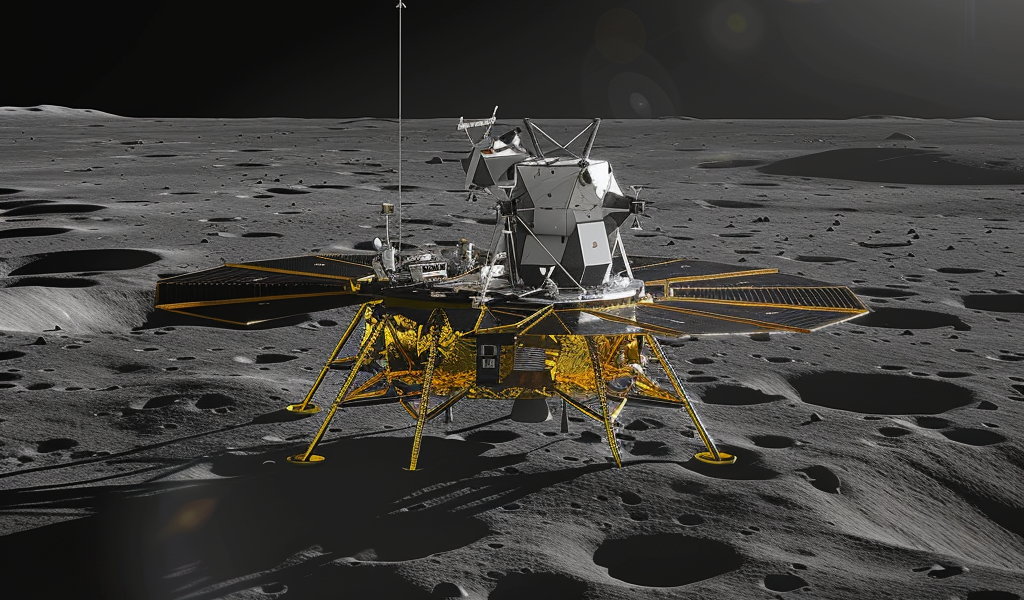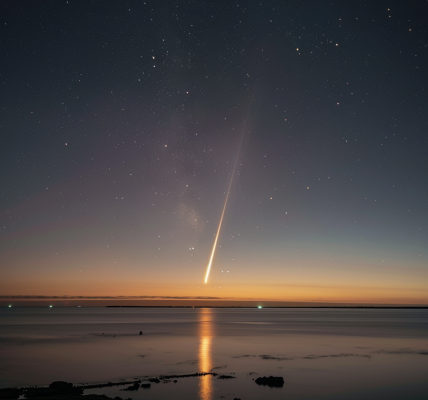China has announced a significant milestone in space exploration as its spacecraft, Chang’e 6, successfully landed on the far side of the Moon. This uncrewed mission marks a historic achievement as the craft touched down in the South Pole-Aitken Basin, a region that remains largely unexplored.
The China National Space Administration (CNSA) reported that the Chang’e 6 landed at 06:23 Beijing time on Sunday morning after launching on 3 May from Wenchang Spaceport. The primary goal of this mission is to gather rock and soil samples from this area, a task never before attempted in history.
Landing on the far side of the Moon presents numerous challenges due to the difficulties in communication once the spacecraft is out of direct line of sight. China previously achieved a similar feat with the Chang’e-4 mission in 2019, making it the only country to accomplish such a landing.
Following its launch, the Chang’e 6 spacecraft orbited the Moon before the lander component separated from the orbiter to make a safe landing on the Moon’s hidden side. An autonomous visual obstacle avoidance system was employed during the descent to detect obstacles and select a suitable landing area based on the lunar surface’s brightness and darkness.
The successful landing was supported by the Queqiao-2 relay satellite, facilitating communication with the lander. Chinese state media celebrated this achievement as a historic moment, with applause reportedly filling the Beijing Aerospace Flight Control Center upon the craft’s touchdown.
During its mission, the lander is expected to spend up to three days collecting materials from the Moon’s surface, a task involving significant engineering challenges and risks. The opportunity to study rocks from this unexplored region could provide valuable insights into planetary formation and other fundamental questions about the solar system.
Professor John Pernet-Fisher, a lunar geology specialist at the University of Manchester, expressed excitement about the prospect of analyzing rocks from a different area of the Moon. While previous missions have collected volcanic rocks, the unique chemistry of materials from the far side could offer new perspectives on planetary origins and the presence of water in the solar system.





